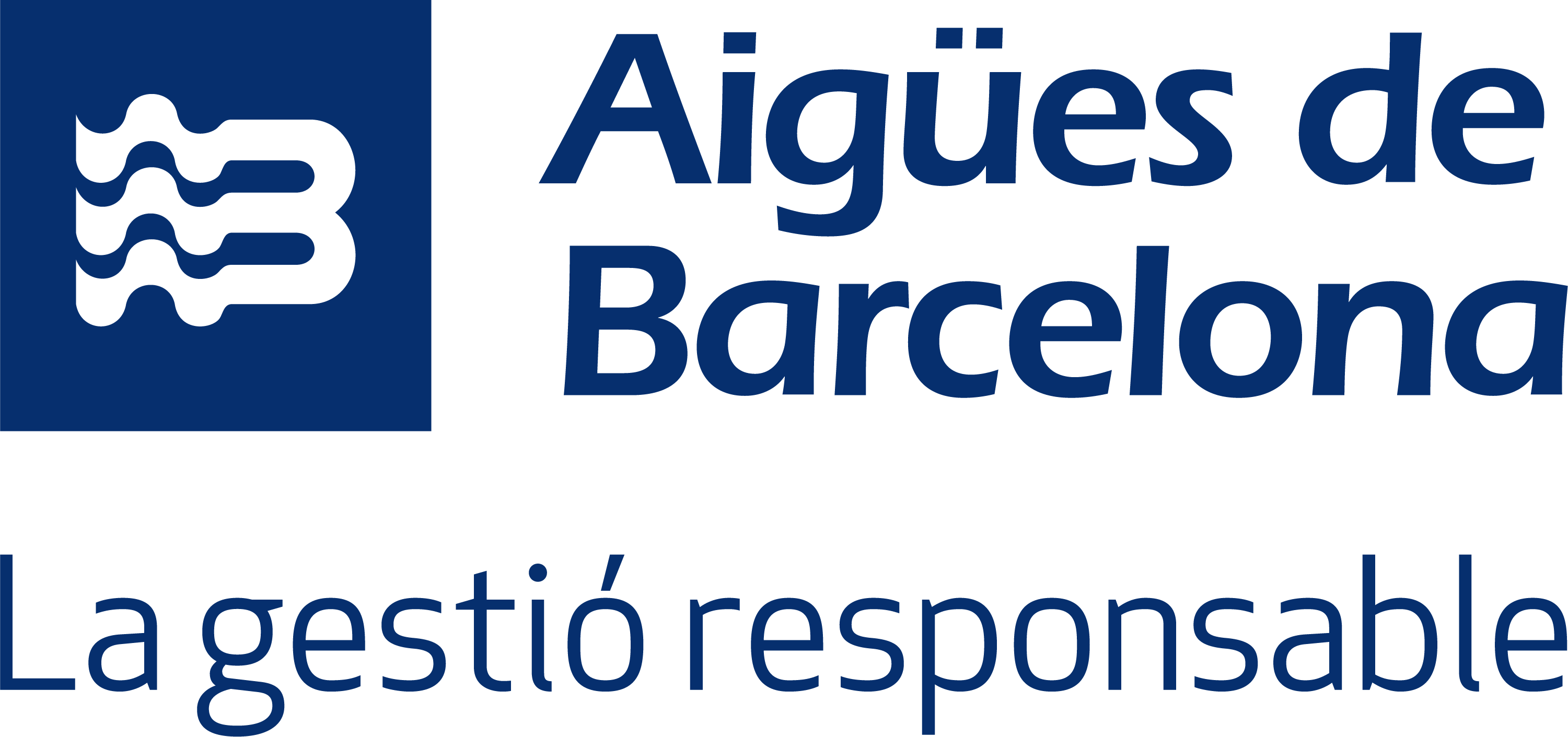Puccini's Messa di Gloria
Giacomo Puccini’s Messa di Gloria is composed for orchestra and four-part choir with tenor and baritone soloists (bass soloist is optional). Originally titled Mass for Four Voices and Orchestra, the work is likely to have derived its Messa di Gloria designation from the importance this setting gives to its wonderful second movement, the Gloria, which lasts for almost half the performance time of the whole piece.
The work anticipates Puccini's career as an operatic composer by offering glimpses of the dramatic power that he would soon unleash on the stage. Gratias agimus tibi, a passionate aria from the Gloria for tenor and orchestra, spins out a whole series of emotions from quietly pastoral lines to a sweeping climax, around the tenor’s simple lines of thanksgiving. Most composers set the Gloria’s final lines, Cum sancto spiritu as a chorus and Puccini was no exception. It begins a blustery fugue, leading to triumphant statement of the Gloria’s opening line (Gloria in excelsis Deo), and grand closing Amen.
Puccini composed the Mass as his graduation exercise from the Istituto Musicale Pacini. It had its first performance in Lucca on July 12, 1880. However, the Credo had already been written and performed in 1878 and was initially conceived by Puccini as a self-contained work. Puccini never published the full manuscript of the Messa, and although well received at the time, it was not performed again until 1952 (first in Chicago and then in Naples). However, he re-used some of its themes in other works, such as the Agnus Dei in his opera Manon Lescaut and the Kyrie in Edgar















